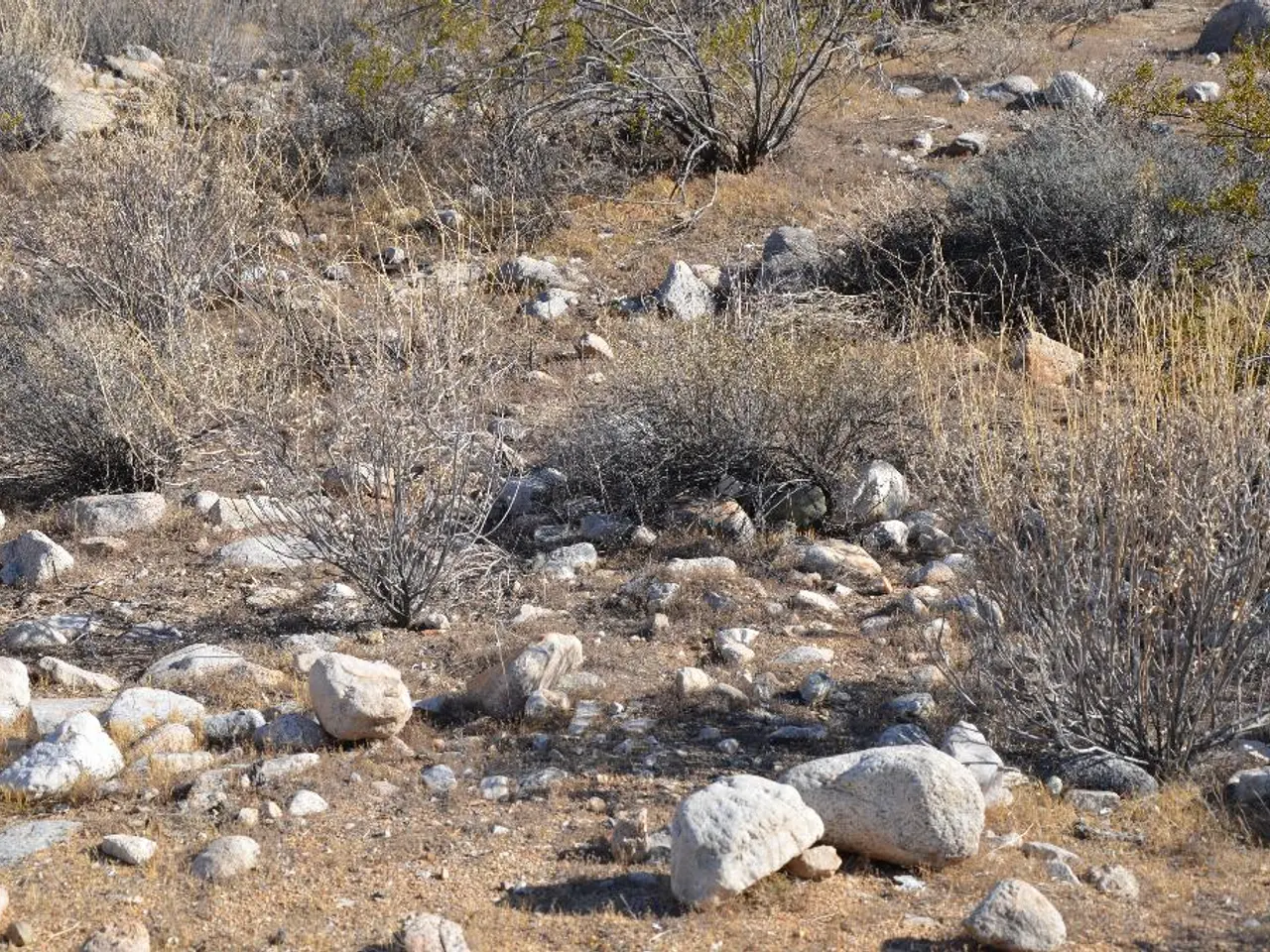Dolomite: Composition, Applications, and worth
In the realm of geology, one mineral stands out for its intriguing formation process and far-reaching implications - dolomite. This sedimentary mineral, with the chemical composition of CaMg(CO3)2, has long puzzled scientists due to its scarcity in modern marine environments despite its abundance in the rock record.
Current research focuses on understanding the geochemical and mineralogical mechanisms that enable dolomite precipitation. Key findings include the simultaneous early formation of fibrous clay minerals and microcrystalline dolomite in coastal bays, the role of metastable mineral substrates in nucleation, and the influence of regional geological settings on dolomite formation.
The formation of dolomite is a complex interplay between mineral substrates, microbial activity, water chemistry, and regional geologic settings. Ongoing multidisciplinary investigations are helping to refine our understanding of dolomite’s formation pathways, with advances in modeling these processes and computational simulations of crystal nucleation shedding light on this long-standing challenge in sedimentary geology.
Beyond its geological importance, dolomite holds a rich cultural significance. For centuries, it has been a source of inspiration for architecture, art, and regional identity. In various cultures, dolomite has been associated with enhanced learning, mental acuity, emotional balance, and stress relief. Its cultural heritage combines geological uniqueness with human history, creating a fascinating story of interaction between natural resources and cultural development.
In the construction industry, dolomite serves as an essential aggregate in concrete, road base material, and dimension stone. However, it's crucial to consider factors like temperature fluctuations, environmental exposure, and proper installation techniques to ensure its durability in various applications.
The environmental implications of dolomite extend from its natural role in Earth's systems to the impacts of its extraction and use in human activities. Dolomite mining creates significant environmental challenges, including habitat disruption, dust pollution, and changes to local hydrology. Rehabilitation of dolomite quarries has become increasingly important, with modern practices focusing on restoring biodiversity and creating stable ecosystems.
In the Dolomite Mountains, designated as a UNESCO World Heritage site, the mineral's presence has shaped local communities and cultural practices over generations. The region's unique architecture, tourism, and rich history have been influenced by this distinctive geological formation.
Traditional building practices in dolomite-rich regions developed specific techniques for working with the stone, creating distinctive architectural styles. These practices have been passed down through generations, preserving a connection to the mineral's geological past.
In conclusion, dolomite is a fascinating mineral with a rich geological history and a profound cultural significance. Its unique properties continue to captivate scientists, architects, and artists alike, offering a glimpse into the intricate relationship between natural resources and human history.
In the realm of finance, the extraction and use of dolomite in various industries might require substantial investments, factoring in considerations like environmental rehabilitation and sustainable techniques for optimal returns.
Furthermore, the cultural value of dolomite extends into finance, as its historical role in architecture, art, and regional identity influences tourism, possibly driving economic growth in certain regions.




